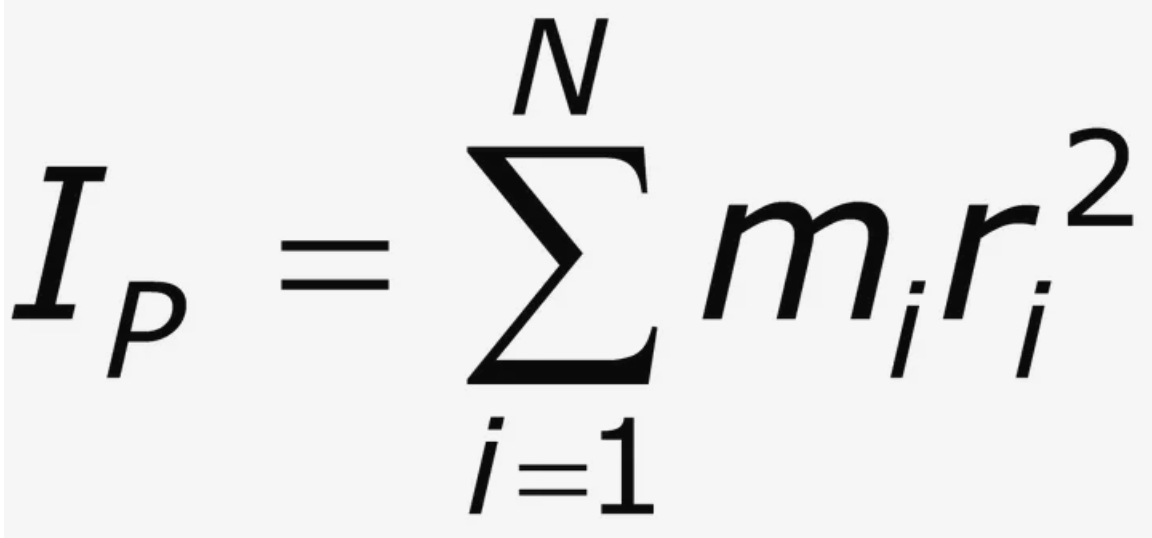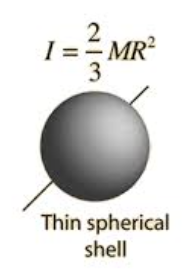
Physics w/Calculus 1: Exam 3 Review
Center of mass - average position of all the parts of a system
using coordinates
Position vector for center of mass

where m is the mass of the object, M is total mass of system, and r is the position vector
Units: distance units (m, cm, etc.)
Velocity of center of mass
find by dividing total momentum by total mass of system
Rotational Kinematics
Angular displacement - the angle in radians through which a point has been rotated

Units: radians
Angular velocity - how fast an object rotates
angular velocity (w) = change in theta/change in time
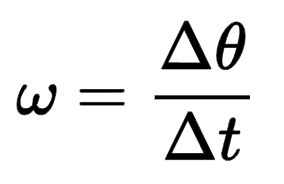
Units: rad/sec or revolutions
If angular velocity is negative, then rotation is clockwise
If angular velocity is positive, then rotation is counter clockwise
Average Angular acceleration - change in angular velocity of a rotating object
also called rotational acceleration
angular acceleration = change in angular velocity/change in time
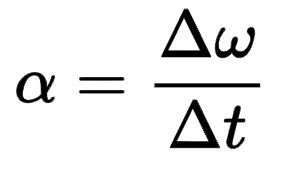
Units: rad/s2
Instantaneous angular acceleration is the derivative of angular velocity with respect to t, (dw/dt)
Tangential velocity - linear speed of a rotating object
at every point while the object is rotating, it has a velocity tangential to the path of rotation at that point

Units: m/s
Tangential acceleration - rate of change of tangential velocity of a rotating object

Units: rad/s2
Radial acceleration - the acceleration of a rotating object to the center of the circle

Units: rad/s2
Rotation with constant acceleration equations
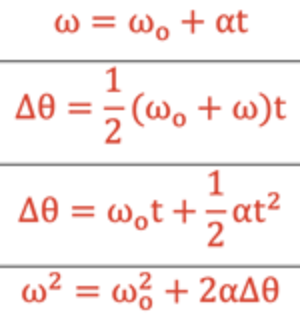
Rotational Kinetic Energy - kinetic energy due to the rotation of an object
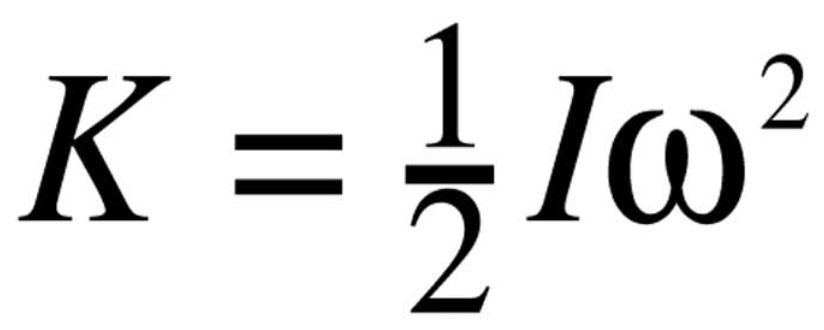
where (I) is the moment of inertia of the object above its axis of rotation
Units: J
Moment of Inertia - the torque required to change an object’s angular acceleration
general formula
an object has a larger moment of inertia if it has more mass, or more mass distributed further away from the axis of rotation (its easier to rotate)
an object has a smaller moment of inertia if it has less mass, or it mass is distributed closer to the axis of rotation (its harder to rotate)
Units: kg·m²
Moment of inertia of objects with mass
Torque - tendency of rotation. the rotational equivalent of a force
torque = (Force) · (lever arm)
torque = I (a)

lever arm is the perpendicular distance from the axis of rotation to the force’s line of action
if the lever arm is at an angle then the perpendicular distance can be found with the formula in the image above
Unit: N·m
vector so it has both magnitude and direction
torque is positive (+) if rotation is counter-clockwise
torque is negative (-) if rotation is clockwise
Simple Harmonic Motion
An object moves with SHM if its acceleration is proportional to its displacement but points in the opposite direction
Period - the time for one complete oscillation

Units: seconds (s)
Frequency - the number of oscillations per second

Units: Hz
Amplitude - the maximum distance the object is from equilibrium


w = sqrt(k/m)
where k is the spring constant and m is the mass
Physics w/Calculus 1: Exam 3 Review
Center of mass - average position of all the parts of a system
using coordinates
Position vector for center of mass

where m is the mass of the object, M is total mass of system, and r is the position vector
Units: distance units (m, cm, etc.)
Velocity of center of mass
find by dividing total momentum by total mass of system
Rotational Kinematics
Angular displacement - the angle in radians through which a point has been rotated

Units: radians
Angular velocity - how fast an object rotates
angular velocity (w) = change in theta/change in time

Units: rad/sec or revolutions
If angular velocity is negative, then rotation is clockwise
If angular velocity is positive, then rotation is counter clockwise
Average Angular acceleration - change in angular velocity of a rotating object
also called rotational acceleration
angular acceleration = change in angular velocity/change in time

Units: rad/s2
Instantaneous angular acceleration is the derivative of angular velocity with respect to t, (dw/dt)
Tangential velocity - linear speed of a rotating object
at every point while the object is rotating, it has a velocity tangential to the path of rotation at that point

Units: m/s
Tangential acceleration - rate of change of tangential velocity of a rotating object

Units: rad/s2
Radial acceleration - the acceleration of a rotating object to the center of the circle

Units: rad/s2
Rotation with constant acceleration equations

Rotational Kinetic Energy - kinetic energy due to the rotation of an object

where (I) is the moment of inertia of the object above its axis of rotation
Units: J
Moment of Inertia - the torque required to change an object’s angular acceleration
general formula
an object has a larger moment of inertia if it has more mass, or more mass distributed further away from the axis of rotation (its easier to rotate)
an object has a smaller moment of inertia if it has less mass, or it mass is distributed closer to the axis of rotation (its harder to rotate)
Units: kg·m²
Moment of inertia of objects with mass
Torque - tendency of rotation. the rotational equivalent of a force
torque = (Force) · (lever arm)
torque = I (a)

lever arm is the perpendicular distance from the axis of rotation to the force’s line of action
if the lever arm is at an angle then the perpendicular distance can be found with the formula in the image above
Unit: N·m
vector so it has both magnitude and direction
torque is positive (+) if rotation is counter-clockwise
torque is negative (-) if rotation is clockwise
Simple Harmonic Motion
An object moves with SHM if its acceleration is proportional to its displacement but points in the opposite direction
Period - the time for one complete oscillation

Units: seconds (s)
Frequency - the number of oscillations per second

Units: Hz
Amplitude - the maximum distance the object is from equilibrium


w = sqrt(k/m)
where k is the spring constant and m is the mass
 Knowt
Knowt
